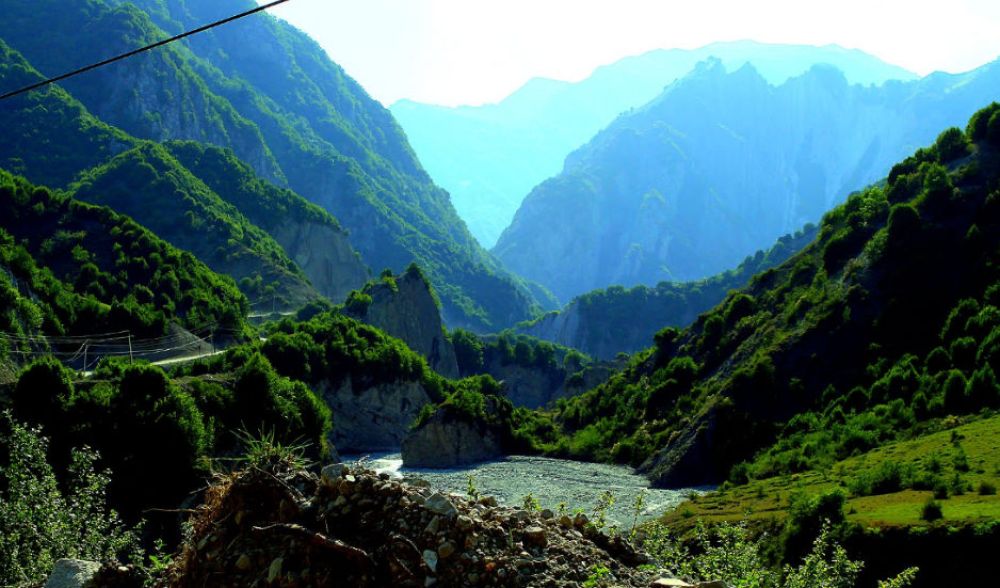

The village of Lahij, nestled in the Ismailli Rayon, high in the Caucasus Mountains of Azerbaijan, has a rich heritage that is interwoven with the history of tourism in the region. Established as a copper craft center since the 5th century, Lahij has long been a place of significant cultural importance. However, it was not until the Soviet era, particularly in the late 20th century, that Lahij began to gain recognition as a tourism destination. Visitors were drawn to its cobbled streets, ancient architecture, and the unique sounds of the Lahiji dialect.
The collapse of the Soviet Union and Azerbaijan's subsequent independence in 1991 sparked a greater interest in the nation's heritage sites, and Lahij became an essential stop for tourists seeking an authentic experience of Azerbaijani culture. The government's promotion of tourism heavily contributed to the increase in visitors, emphasizing the village's traditional handicrafts, especially its copperware, carpets, and jewelry, which are still produced with ancient techniques passed down through generations.
Lahij is also known for its historical and architectural monuments, such as the Juma Mosque built in the 18th century and the numerous traditional houses that showcase ancient building techniques with a high level of craftsmanship. These elements have made Lahij a significant center for cultural tourism in Azerbaijan. Moreover, the quaint atmosphere and the hospitality of the local people have been a magnet for those looking to immertyhemselves in the mountain lifestyle.
Recently, there has been an increasing trend towards eco-tourism and sustainable tourism practices in Lahij. Conservation efforts have been made to preserve the unique environment of Lahij, and many tour operators now offer eco-friendly tours, which allow visitors to experience the village and its surroundings with minimal impact on the ecosystem.
Adventure tourism is also on the rise, with more travelers seeking active experiences such as hiking and trekking in the surrounding Caucasus Mountains. The stunning landscapes of Lahij provide a perfect backdrop for such activities while also giving tourists opportunities to engage with local communities.
Another dimension of Lahij tourism is the focus on immersive cultural experiences. Tourists can participate in workshops to learn local crafts from master artisans or partake in traditional Azerbaijani cooking classes to get a real taste of the regional cuisine. Homestay programs have also become increasingly popular, offering visitors a chance to live with local families and gain insights into daily life in Lahij.
The government of Azerbaijan continues to support tourism in Lahij with infrastructure development, ensuring better access to the village while preserving its historical charm. The goal is to create a sustainable balance between catalyzing economic growth through tourism and retaining the uniqueness that makes Lahij a treasured destination.
In summary, Lahij is a burgeoning tourism site that combines its ancient historical legacy with contemporary trends in travel. Its future as a tourism hotspot looks promising, with both the local community and the government working towards fostering a sustainable tourism sector that could serve as a model for other historical villages in Azerbaijan and beyond.